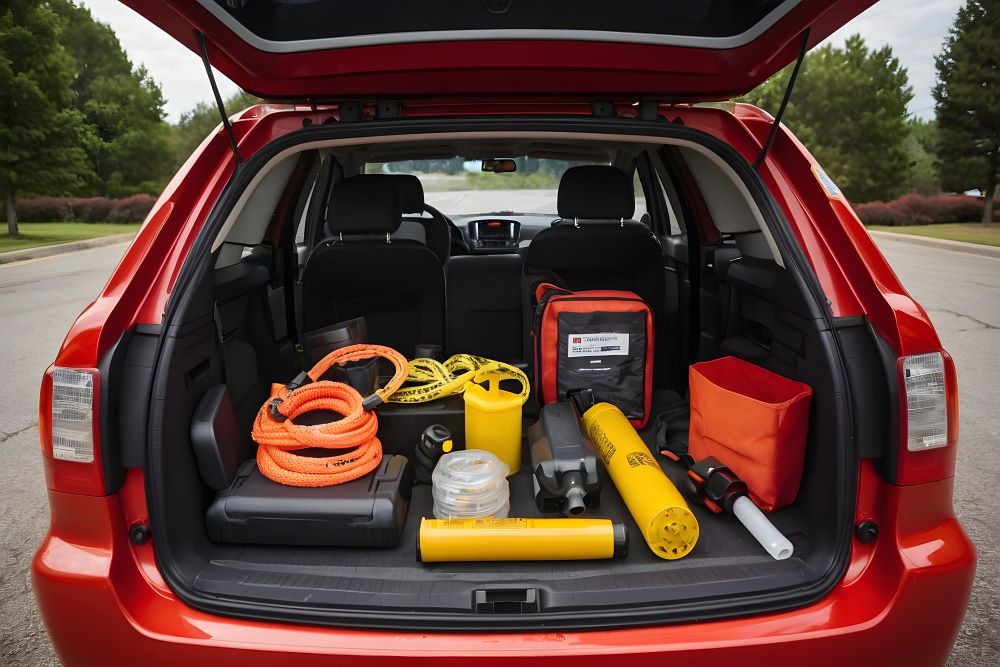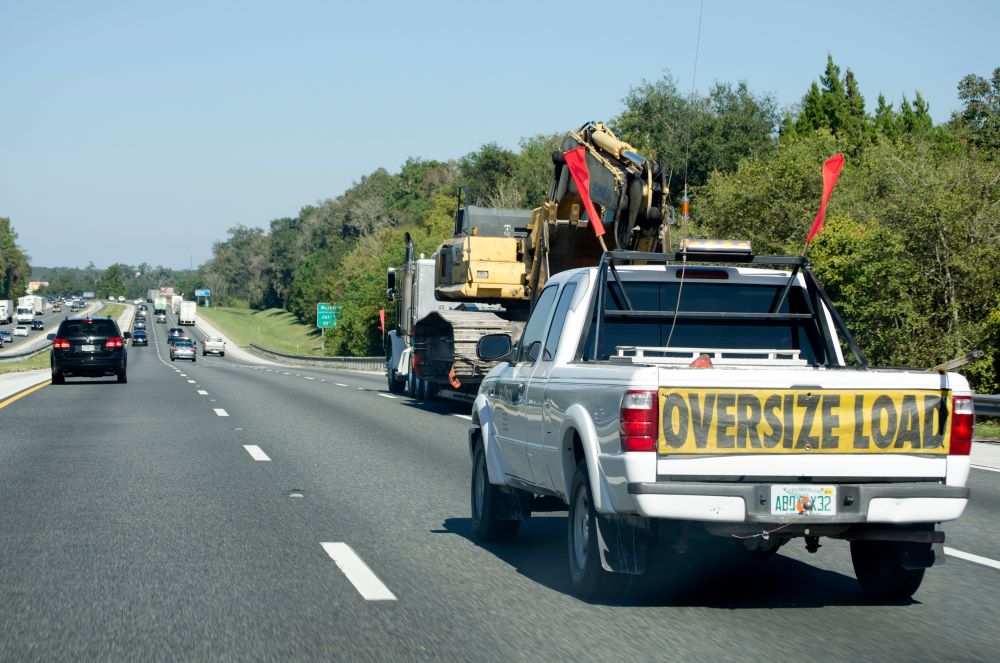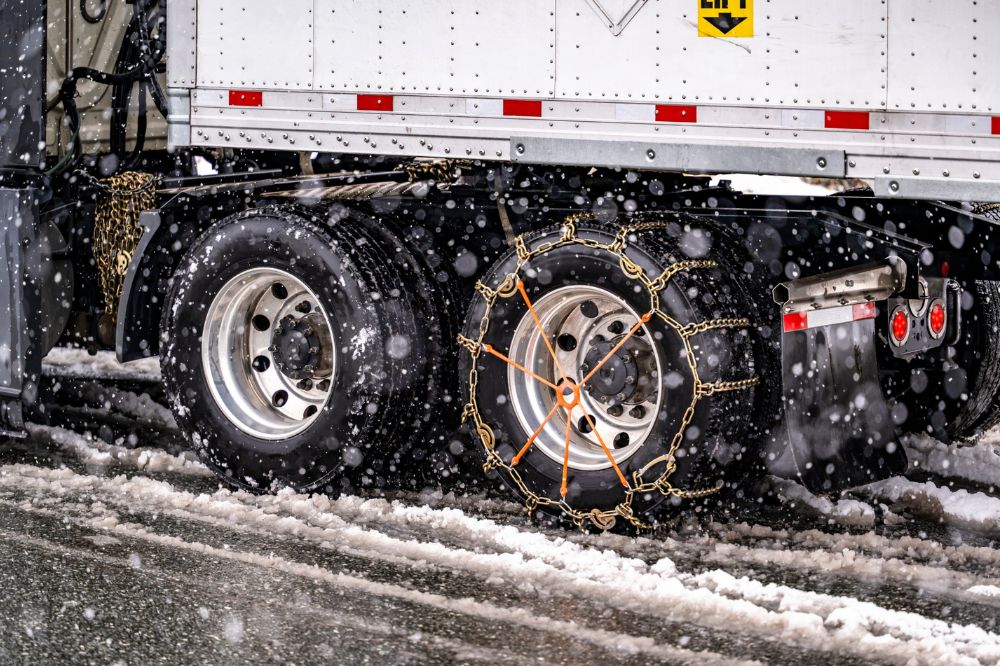Pilot cars play a crucial role in keeping oversized loads safe on the road. From navigating tricky routes to warning other drivers, these vehicles ensure that large transports move smoothly.
Do you need to manage an oversized load? To help you, we’ll break down exactly what pilot car services are, why they’re needed, and how they help protect everyone on the road.
Why Are Pilot Cars Used?
Pilot cars, also called escort vehicle services, are special cars that drive with large trucks carrying oversized loads. These loads might be very wide, tall, or heavy.
When large truck classifications are on the road with loads like construction materials, huge pipes, or heavy equipment, they need extra help. That’s where a pilot car service comes in.
Oversized loads can create safety risks because they’re harder to maneuver and see around. So, the pilot car driver will guide these trucks to make sure they’re safe on the road. They’ll watch for hazards, and help with lane changes or sharp turns.
Pilot Car Driver’s Responsibilities
You can choose from different pilot cars, depending on the load and the specific needs of the trip. Here’s a breakdown of the key roles a pilot car company offers.
Lead Cars vs. Chase Cars
Lead Cars drive in front of the oversized load, guiding it safely along the route. Their main job is to spot potential obstacles, like sharp turns, low bridges, or narrow roads, so the truck driver can navigate smoothly.
Lead car drivers also help ensure the oversized load stays on the right route and keeps pace with traffic safely.
Chase Cars follow behind the oversized load. Their role is to protect the load from behind, assist with lane changes, and ensure no other drivers are in the truck’s blind spots.

Chase cars alert the truck driver of approaching traffic and help prevent other vehicles from getting too close, especially during turns or stops.
In some cases, both a lead and a chase car may be required for extra-large or unusually shaped loads. This gives you full coverage of potential hazards from all sides.
Pole Cars
A Pole Car is a lead car used specifically for very tall loads.
This pilot vehicle has a tall pole on top, which is designed to measure the height of any overhead obstacles along the route, like bridges, traffic lights, or power lines.
By driving ahead and checking clearances, the pole car pilot driver ensures that the truck won’t hit any unexpected overhead obstacles, which could cause serious damage or accidents.
State Regulations for Pilot Car Services
Pilot car requirements vary from state to state, and the rules depend on the size and type of the oversized load.
Every state has its own set of guidelines for when an escort car is needed and what equipment it must have.
In California, any load wider than 12 feet requires at least one pilot car. This car must have flags, warning signs, and flashing lights to alert other drivers to the oversized load. In some cases, the pilot car drives in front of the load, while in other cases, it follows behind.
Some loads may require more than one pilot car. For example, if a load is wider than 14 feet, states may require two pilot cars – one leading and one following the truck.
Many states require a height pole car for tall loads. In most states, a pole car is required when a load is taller than 17 feet, but some states, like New York, require one for loads over 14 feet 6 inches.
While most states don’t require pilot car drivers to be certified, some, like Utah, Washington, Florida, and New York, have certification rules.
Pilot cars must also have specific safety equipment, such as flags, lights, cones, and fire extinguishers. Certain states like Pennsylvania also require pilot cars to carry specific insurance.

In rare cases, oversized loads may need a police escort, especially when the load takes up multiple lanes or requires temporary road closures. Different states have different rules, but these rules apply only to very large loads.
Always check the regulations for each state when transporting an oversized load to ensure you stay compliant and safe.
Pilot Car Equipment
To safely transport oversized loads, pilot cars need specific equipment. Here are the basics:
. Here are the basics:
- Radio: A two-way radio, like a CB radio, is essential for communication between the pilot car and the truck driver.
- Height pole: Used by height pole cars, this adjustable pole measures overhead clearances to ensure tall loads can pass under bridges or wires safely.
- Flags: The pilot car displays bright, typically orange or red, flags to signal other drivers about the oversized load..
- Signs: A sign that reads “Oversize Load” must be displayed on both the pilot car and the truck.
- Lights: Flashing amber lights are required to make the pilot car more visible, especially in poor weather or low-light conditions.
- Safety Gear: Items like reflective vests, fire extinguishers, and cones are also part of the standard equipment to maintain safety during transport.

Pilot Car Positioning
Pilot car positioning depends on the size and type of the load, as well as the road conditions.
Lead cars drive ahead to scout for road hazards, while chase cars follow behind to manage traffic and help with lane changes. Some loads require both, ensuring safe navigation through tight or challenging routes.
Final Thoughts
Pilot cars are essential for the safe transport of oversized loads, guiding trucks through challenging routes and ensuring road safety. Understanding their role helps you appreciate their value on the road.
If you’re looking for trusted pilot services, a Pilot car directory can help you find the right professionals for the job.
Are you an owner-operator looking to invest in a new commercial vehicle? Then get in touch with us at Mission Financial Services. We make it easy for truck drivers and fleet managers to get the financing they need to purchase their ideal truck.
























